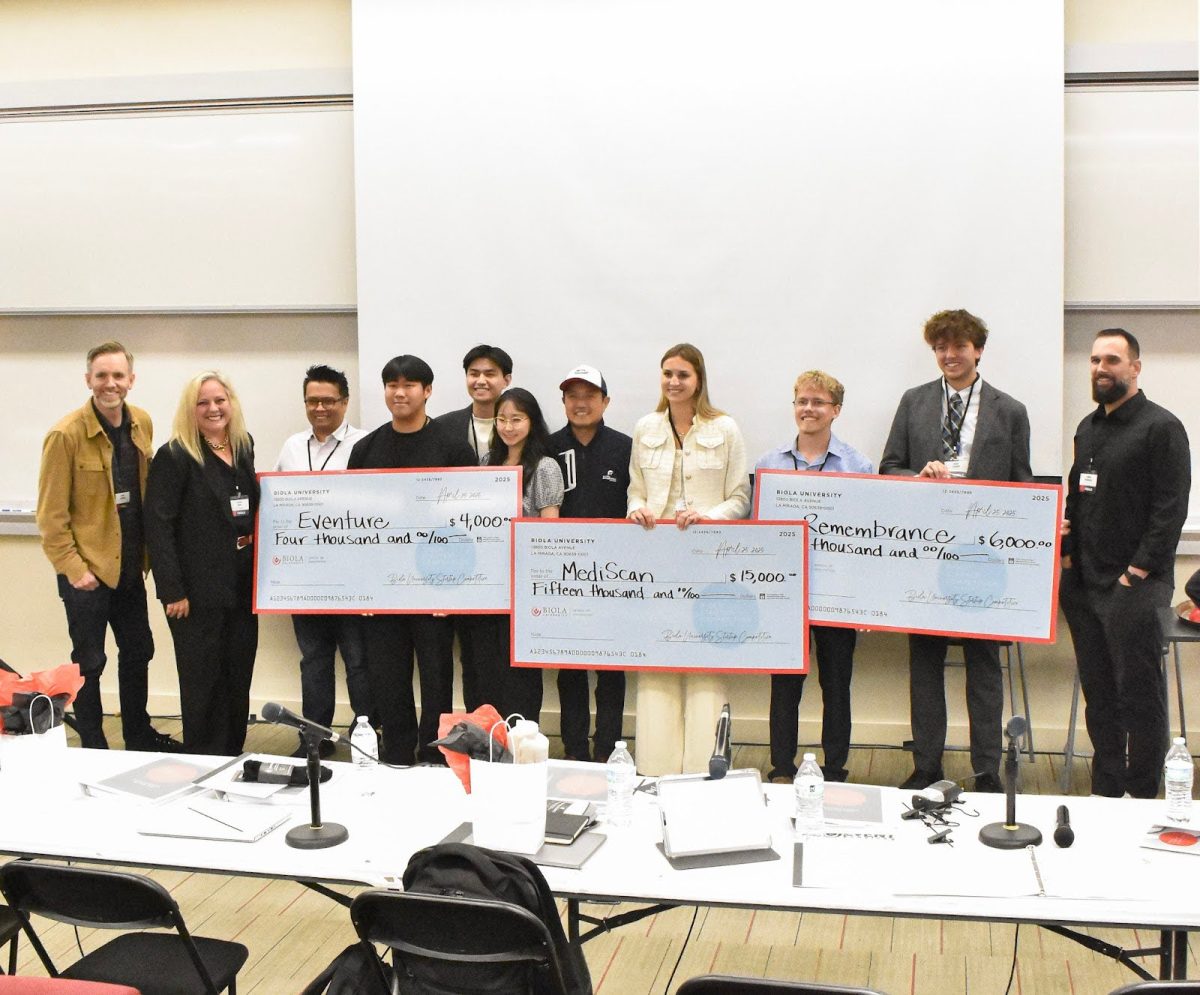The size of Biola’s incoming class has shrunk for the first time in 14 years, according to Registrar counts from the past week.
This year’s incoming class, as of Monday morning, stood at 1,079, down 64 from the same time last year. And with numbers still fluctuating by the day, undergrad enrollment on the whole is down 40 students. Graduate numbers, however, are a bit more hopeful. Talbot leads with 82 more students than last year so far, followed by Rosemead, which is up by 13 from last year. University-wide, numbers are up 56 students from last year, setting total enrollment at 5,416 as of Monday morning. Finalized numbers will arrive after Sept. 8, the cutoff date for late registration.
“We’ve had a 14-year streak of increasing classes, which has been great,” said André Stephens, director of undergraduate admissions. “Some years we’ve had a drastic increase, sometimes a more modest increase. This year will be different. We’re hoping that we get past 1,100 [incoming undergrads], which would be great given the economy.”
The numbers are encouraging in light of the current economic situation, but Biola hasn’t escaped completely unscathed. While there are always students who can’t pay their bills, Stephens said there are far more of them this year. Stephens and everyone else in Admissions have been working tirelessly the past few months with Financial Aid to help as many students as possible.
On the whole, graduate numbers from Admissions, which include all new, transfer and re-admit students, are also slightly lower than last year, down 22 to 1,682 as of Monday. While total registration is up, tuition revenue from graduate students has fallen behind undergraduate tuition revenue.
Although the 14-year streak has been broken, admissions worked very hard to keep new student enrollment numbers as high as possible.
“The university has been very supportive of us in providing the resources we need to get students to come,” Stephens said.
Some of the steps they took included sending a paper application to 10,000 prospective students, encouraging them to apply. Biola also worked with the National Student Clearing House, an organization that allows Biola to analyze which students dropped or added last minute. Biola then sent applications to students who enroll in community colleges. Biola also increased financial aid by doling out more money in scholarships and, among other things, adding a $500 Sibling Scholarship.
Although the numbers are not as high as Admissions was hoping for, Stephens said that he was excited for the students who did end up coming to Biola and acknowledged the sacrifices they made to be here.
“I don’t want us to focus on the ones who ended up not coming, but on the ones who did come and continue to support them in their callings.”






